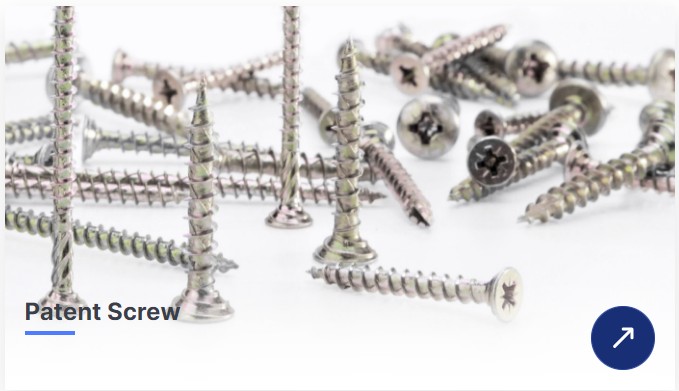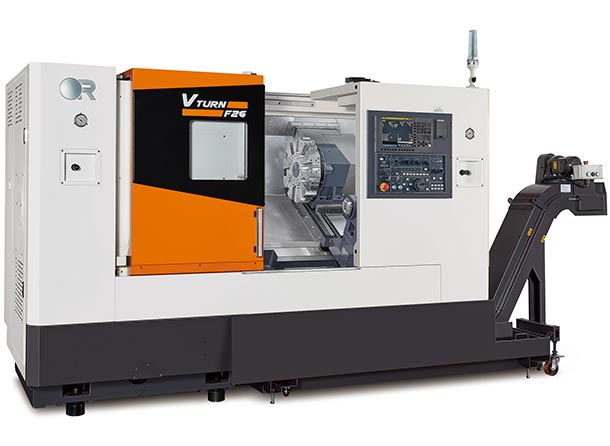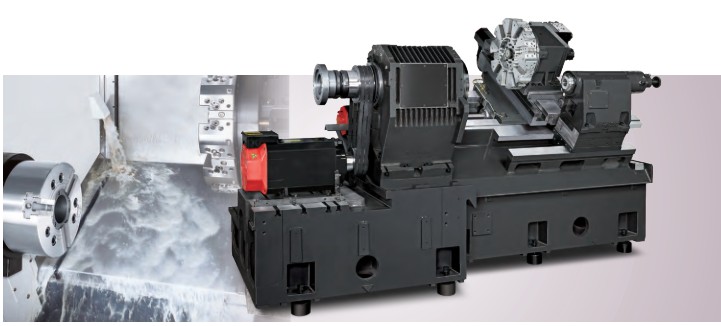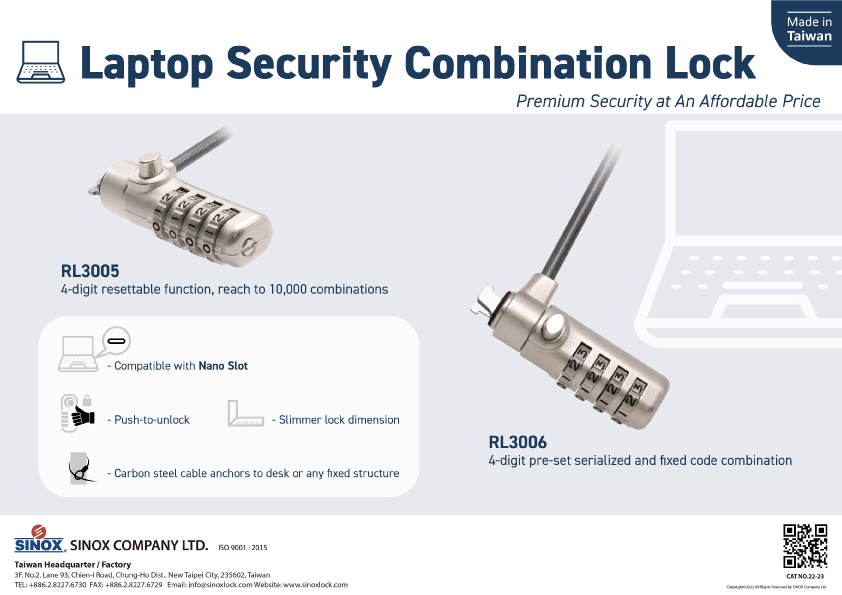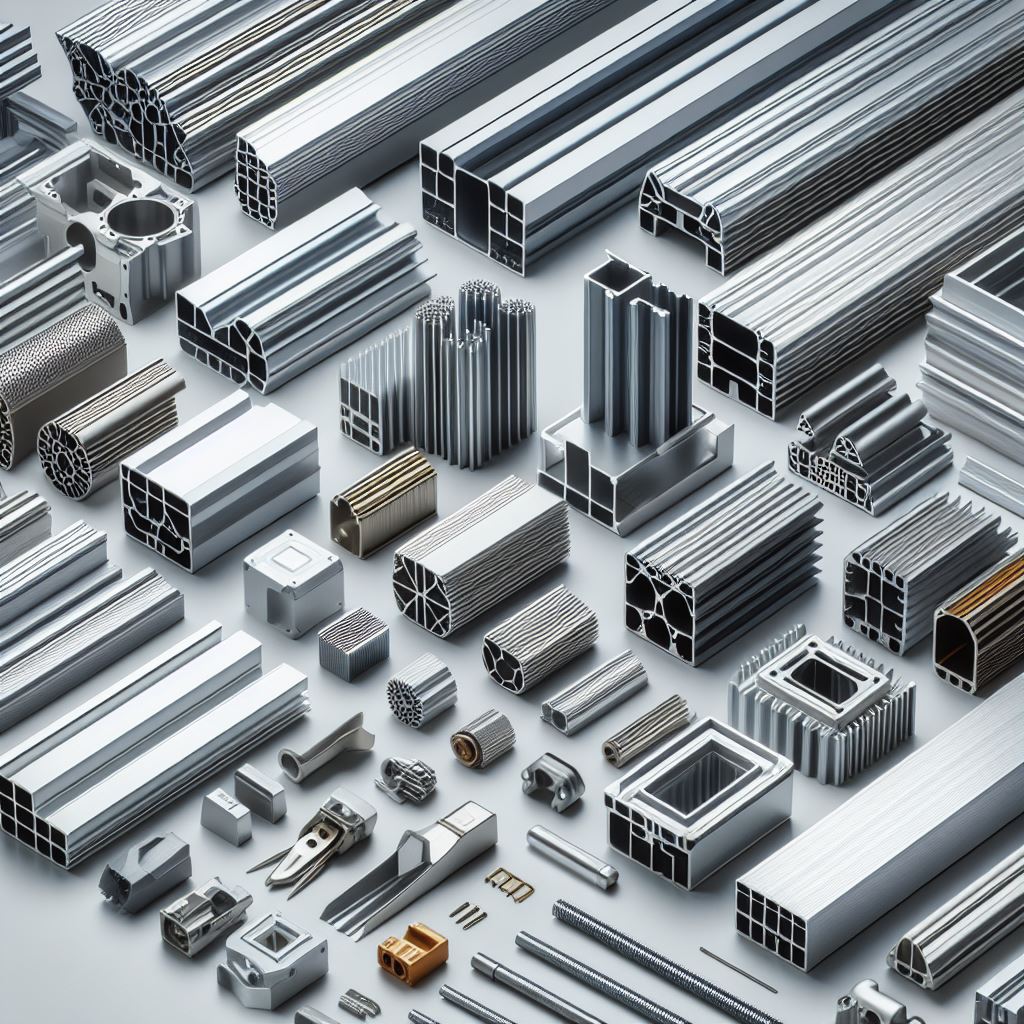The term “little known,” is subjective at best. Many of you being in the construction industry, maybe very well aware of most of these OSHA guidelines for safe scaffolding. What I will try to do in this article is to address both things that are commonly found on any construction site and not so obscure that it would never be utilized.
For starters, any scaffold should have a base of some sort. An “adequate foundation” is what OSHA says that every scaffold must have. There are many different foundations out there; there could be dirt, rock, mud, water, asphalt, grass, a roof, a metal top to a tank or concrete. Scaffolds can be built on catwalks, on the space shuttle and anything else that someone may have to work on.
In other words, you can’t take a frame scaffold and just set it on the ground or even on concrete. It must have a base plate or screw jack at a minimum. Even with a base plate or screw jack, it also needs a wooden mud sill if it’s going to be setting on dirt, gravel, grass etc. The only foundation that does not need a mud sill is concrete. Every other foundation must have a base plate or screw jack and mud sill.
That brings us to screw jack height. This is a common question that many people don’t actually know the answer to. It is suggested many times that a screw jack can only be raised 12 inches. This is actually not correct. Each manufacturer designs his screw jack differently, and some design them so that they can be raised higher than 12 inches. You must check with the manufacturer of the screw jack that you are specifically using. Some are designed to be raised 18 inches and many have a notch or a weld towards the top of the jack which is its maximum raising height and prohibits you from screwing the Jack any higher past that notch.
“It’s close enough.” There’s no such thing as close enough when it comes to getting the scaffold level. Scaffolds must be exactly plum and exactly level for it to be considered safe. Even if the scaffold is only out of level by a very small amount, it is not considered safe. When the scaffold is at a greater height, it will be leaning out of plum at a much greater degree. Cross braces will not go on as easily or at all, and if the scaffold is leaning out of plum and a load is set on top the chances of it overturning are dramatically higher. Every scaffold must be absolutely level.
Platform Construction
One thing that I often see and I’m sure not as many people know as there should be, is that there is only supposed to be 1 inch or less gap between scaffold boards. This is for several reasons, but one main reason is so that small items like wrenches, wall ties, jointers, etc. will not fall through the gap and strike someone below.
Another interesting tidbit about platform construction is that one scaffold board is not permissible to work from. OSHA regulations state that any scaffold must be at least 18 inches wide. There may be exceptions if there was absolutely no other way to erect the scaffold, but you must be able to prove that.
An additional fact that all of our readers should know is that the out-rigger scaffold is supposed to be a maximum of 3 inches away from the wall. Again, it’s for more than one reason, but the main one is because there are no handrails next to your out-rigger facing the masonry wall that you’re working on, therefore they want the wall in front of you and less chance of falling on that side the scaffold.
Here’s one that you may not know; if a board is 10-foot-long or less you cannot have more than 12 inches of the end of the board over it support. Also, if it is a scaffold board greater than 10 feet, you can have no more than 18 inches over its hand support or there must be guardrails so that someone cannot walk out on the end of those cantilevered boards, they tip up and a person falls.
A Couple of Points About Scaffold Access
Any scaffold that requires someone to step up more than 24 inches should have a ladder utilized to access the scaffold. The first rung or bottom rung of the ladder must be a maximum of 24 inches from the ground or walking working surfaces. That height for the first rung is actually quite high, and most people prefer sitting the ladder on the ground so they’re not required to have such a tall first step. Another thing that most people that are reading this are aware of is that the ladder must reach at least 3 feet above the scaffold platform.
Another item that should be noted is that you never increase the scaffold height by adding boxes, barrels, concrete block, brick etc.… to the platform. This includes ladders, such as extension ladders or step ladders. OSHA does allow a ladder to be used on top of the scaffold if many stipulations are met, but this is not a suggested practice.
Guardrail System
In closing we cannot talk about safe scaffolding without bringing up the guardrail system. Every system must include a top rail and mid rail. They should be installed on all open sides of the scaffold. The top rail should be able to withstand 200 pounds of downward and outward force placed upon it. That means if you’re a big fellow and way more than 200 pounds, it’s probably not a good idea to lean all over the handrail.
Another thing that should always be maintained is the proper height of the top rail. OSHA gives a little leeway in the top rail; it can be between 38 and 45 inches in height. Another not so commonly-known allowance is that a cross brace can be used for a mid-rail if the crossing point of the brace is between 20 and 30 inches above the platform and the ends of the cross brace are no more than 48 inches apart.
Now, hopefully you already knew all of this, but as you know, the three steps to remembering are Repetition, Repetition, Repetition!
To have safe scaffolding, I recommend you a professional scaffold manufacturer – Sucoot Co., Ltd... They specialize in manufacturing industrial scaffolding accessories & formwork parts. If you need more information of scaffolding parts, welcome to contact with Sucoot for more details!
Article Source: https://www.masonrymagazine.com/blog/2017/01/01/scaffolding-best-practices-might-not-know/
